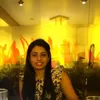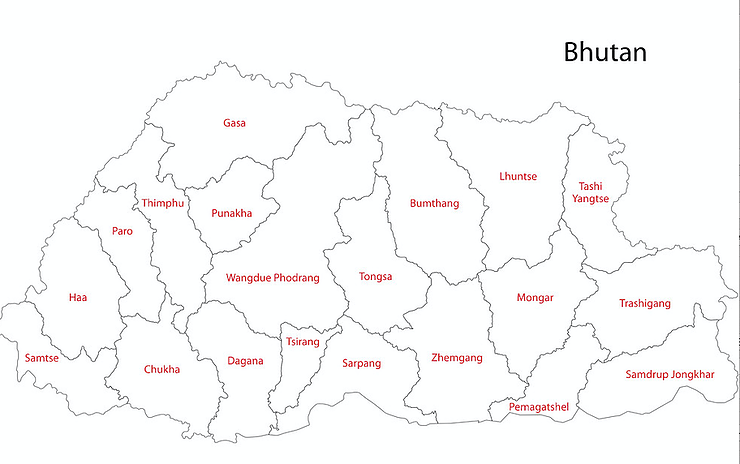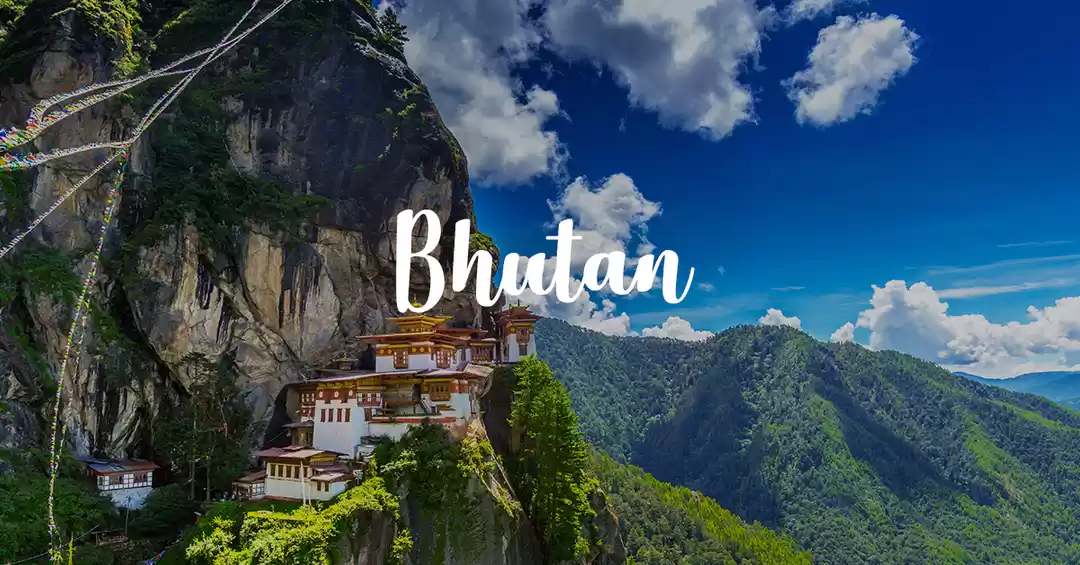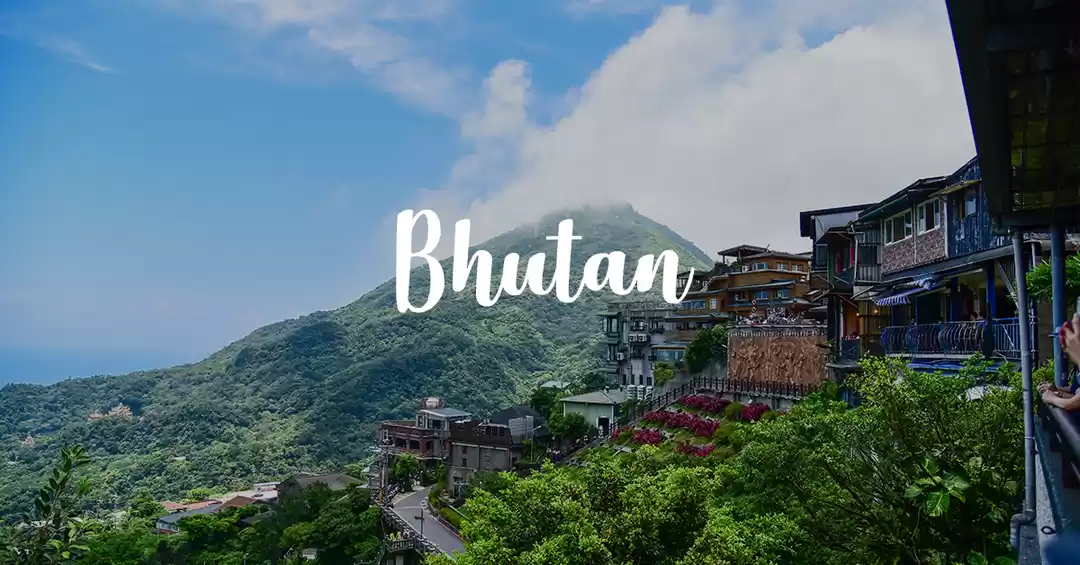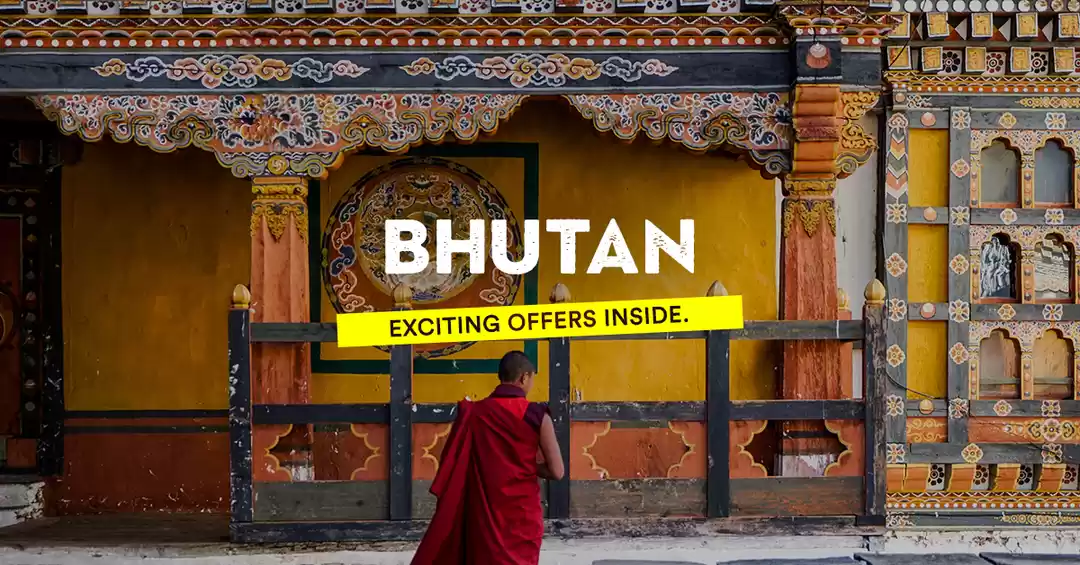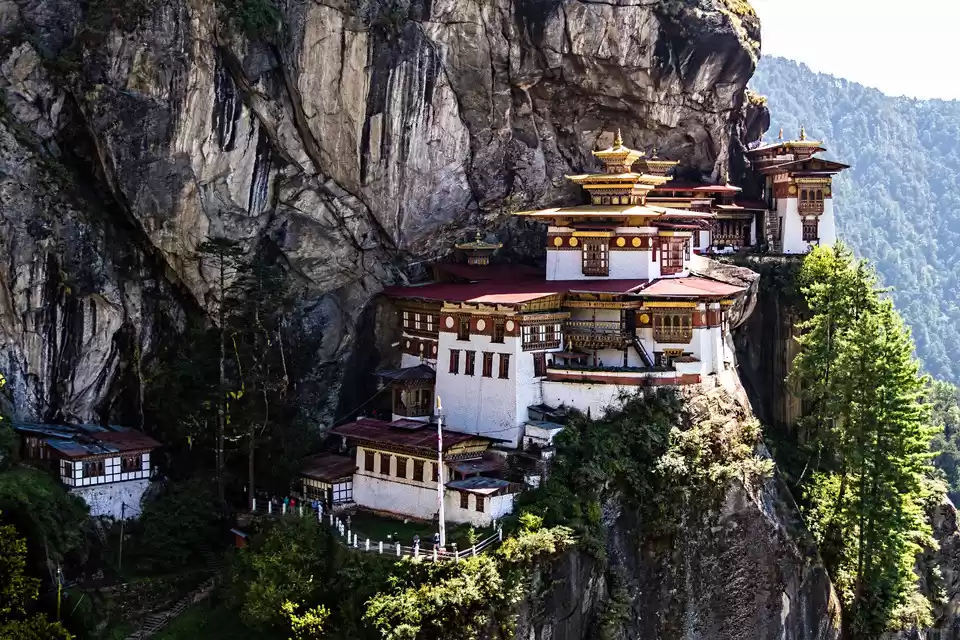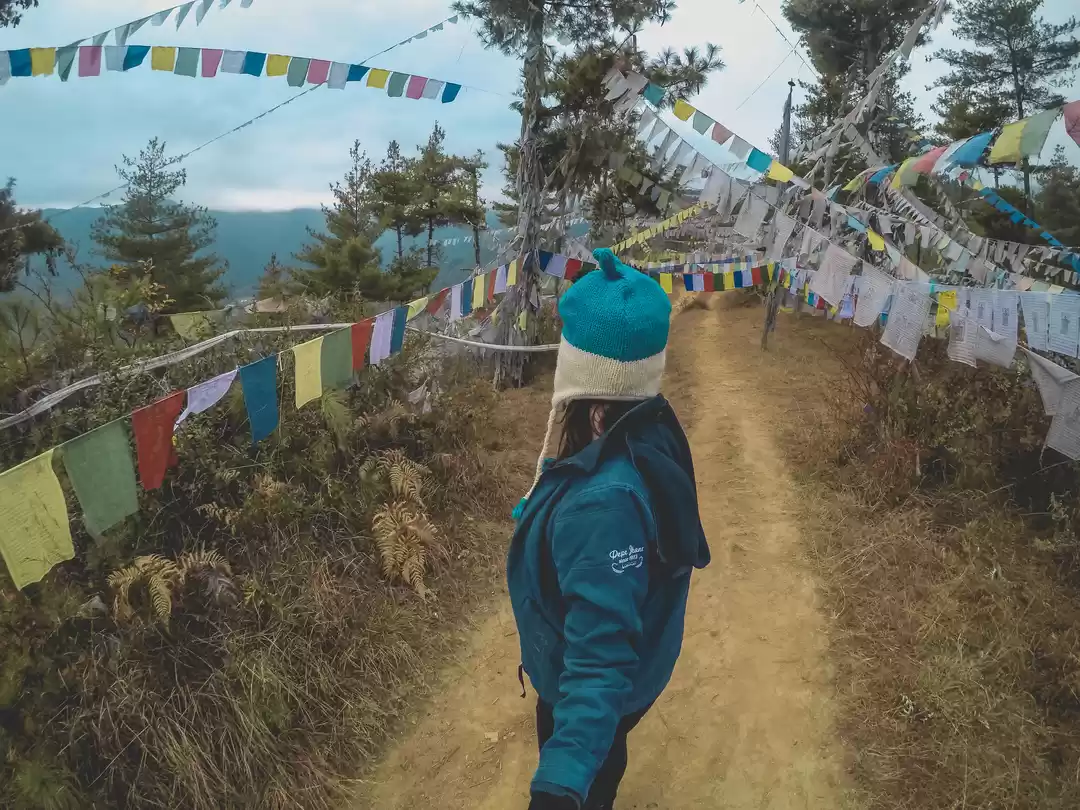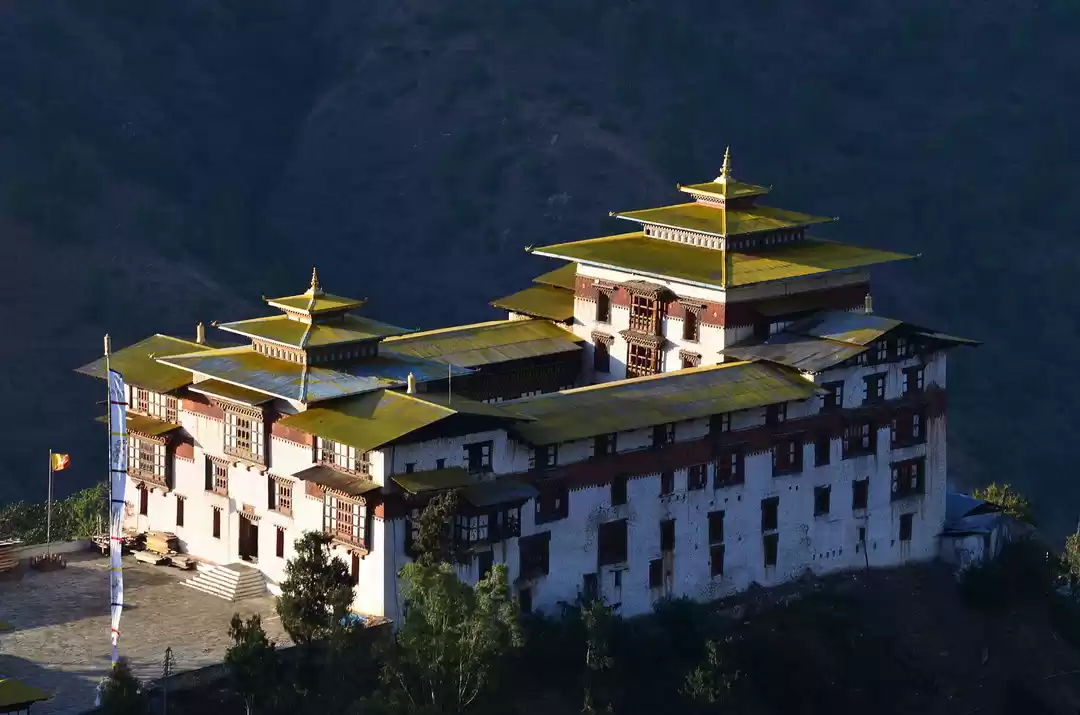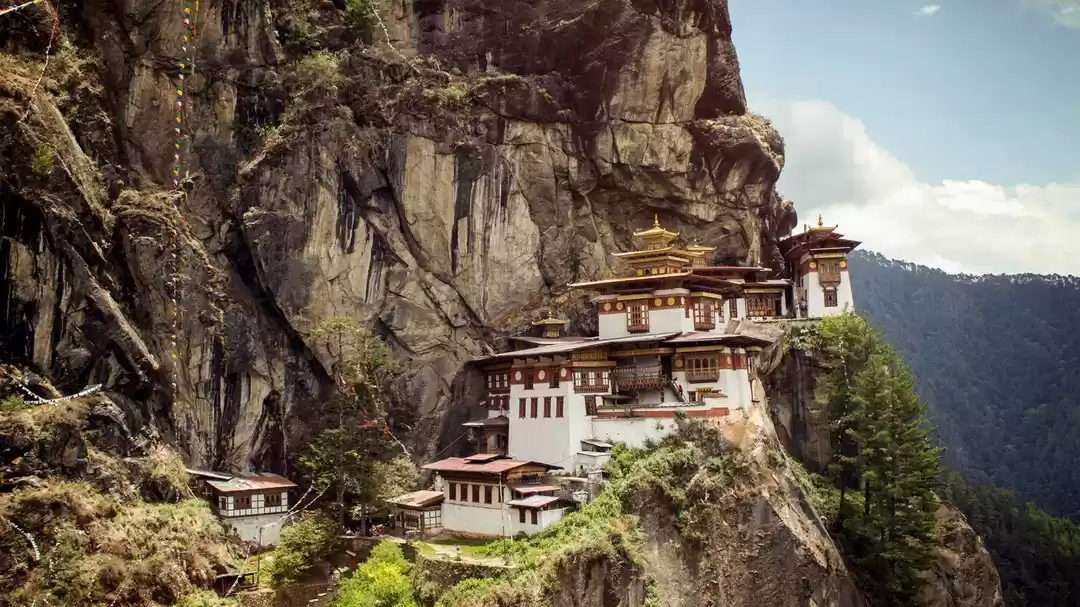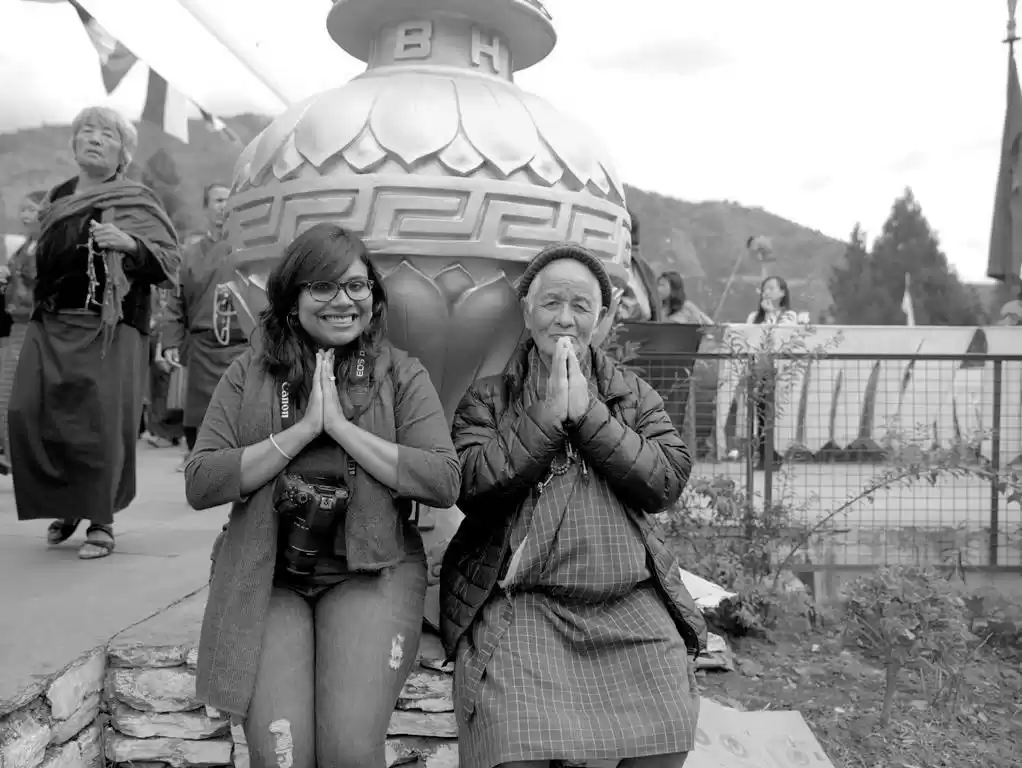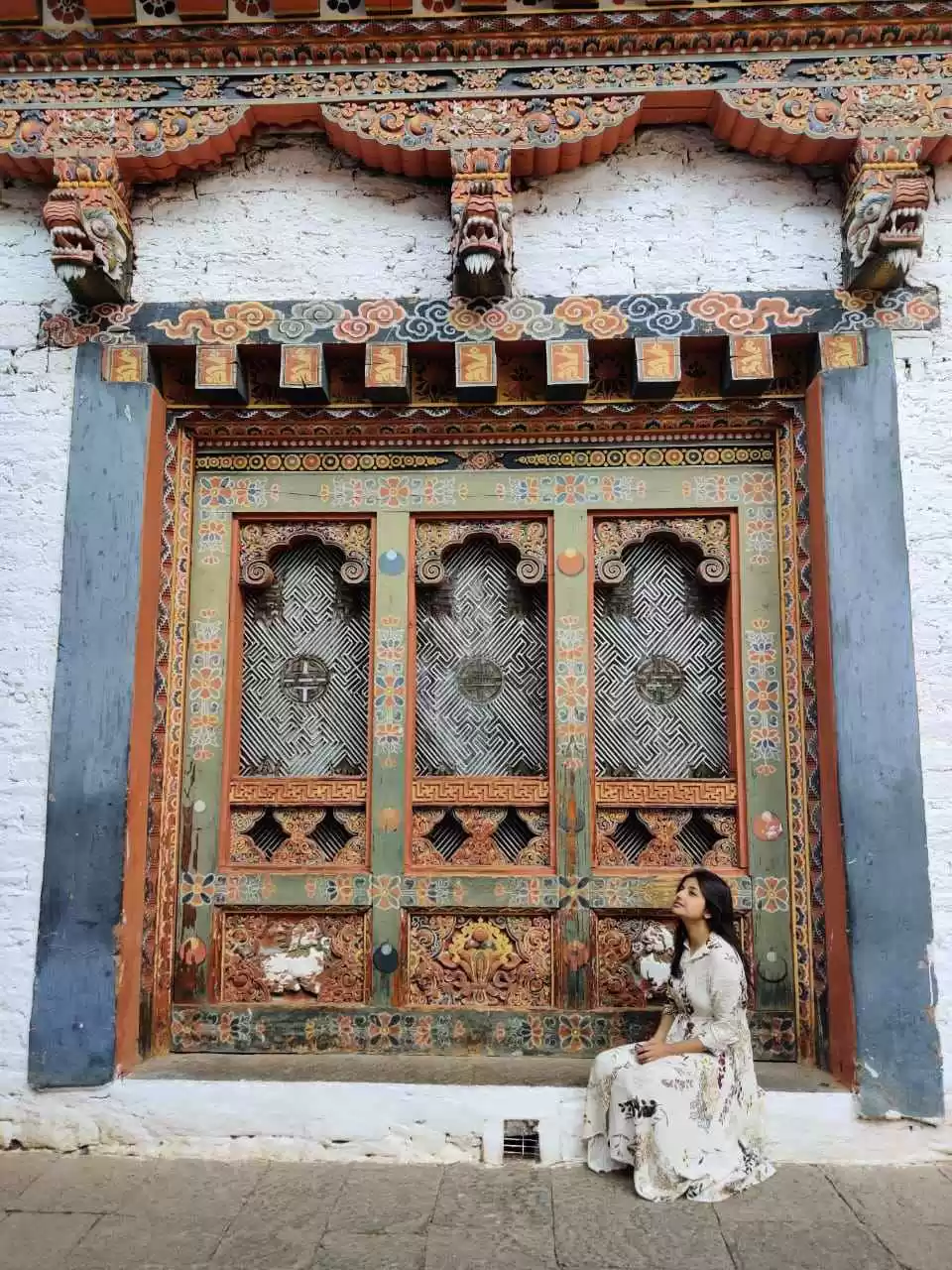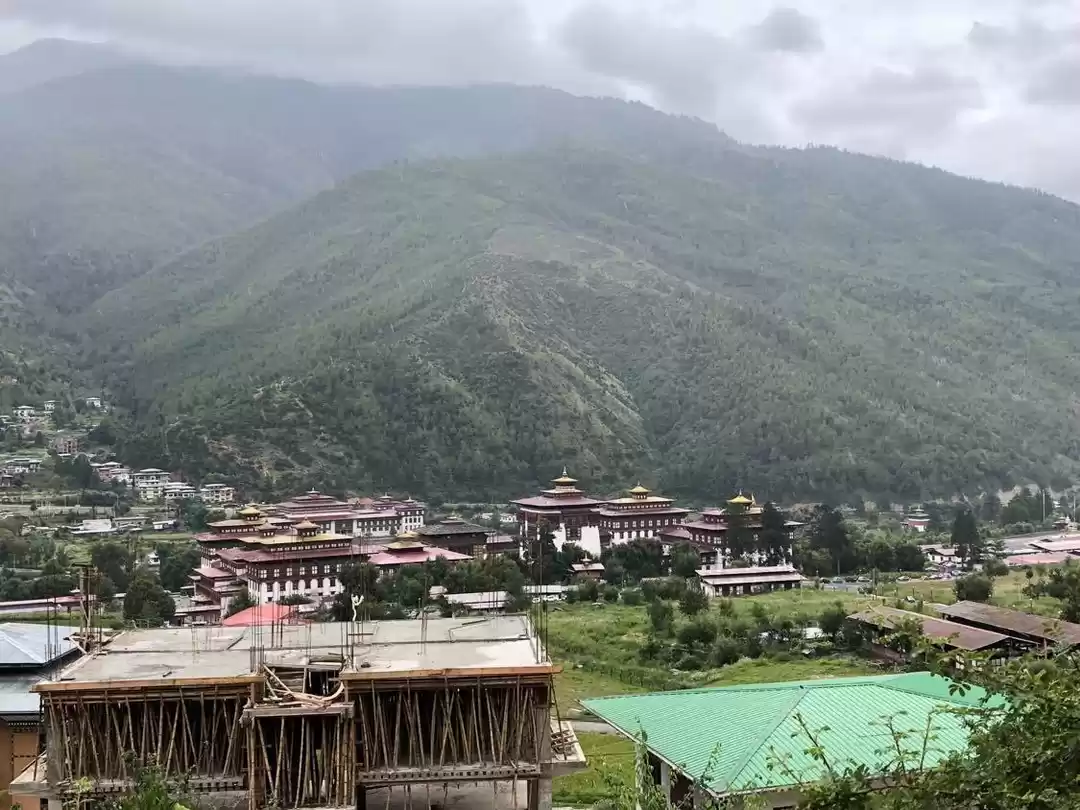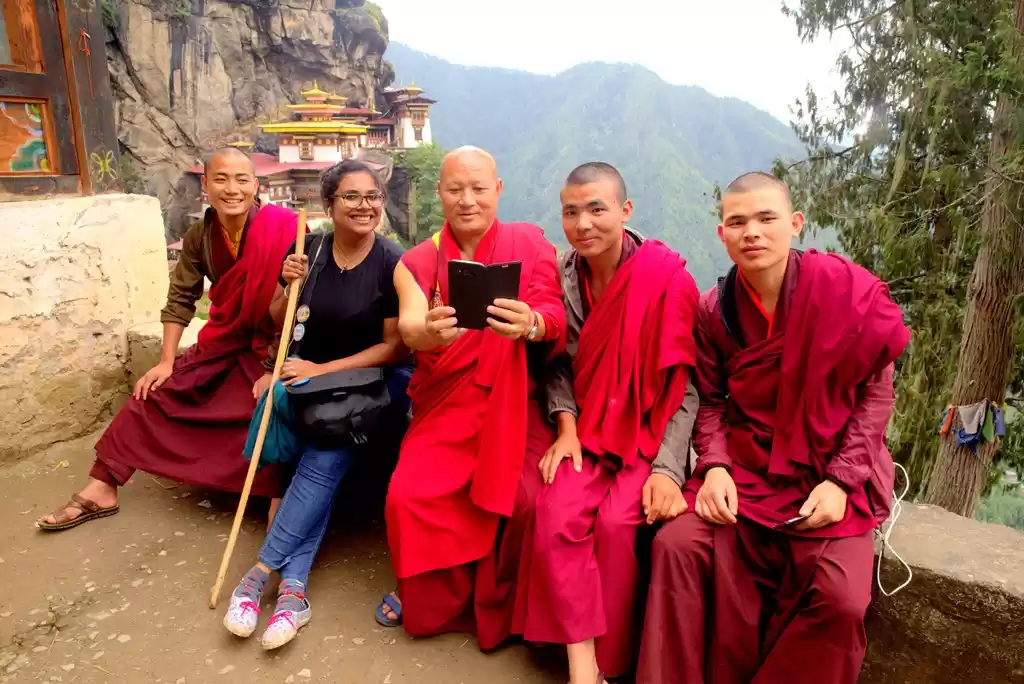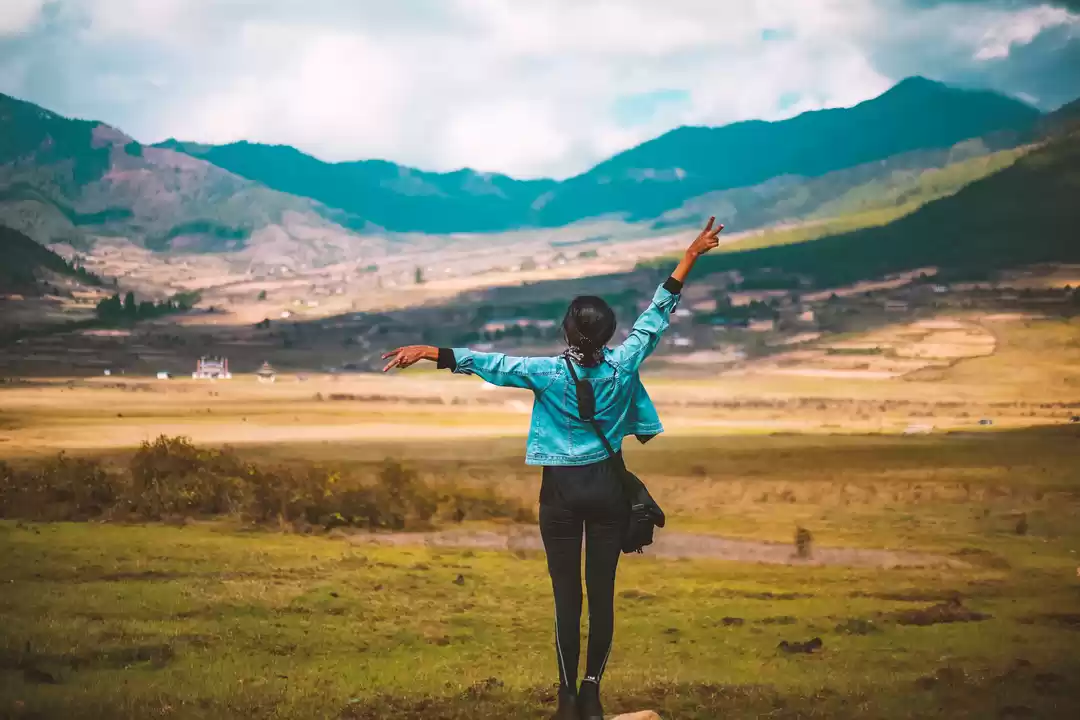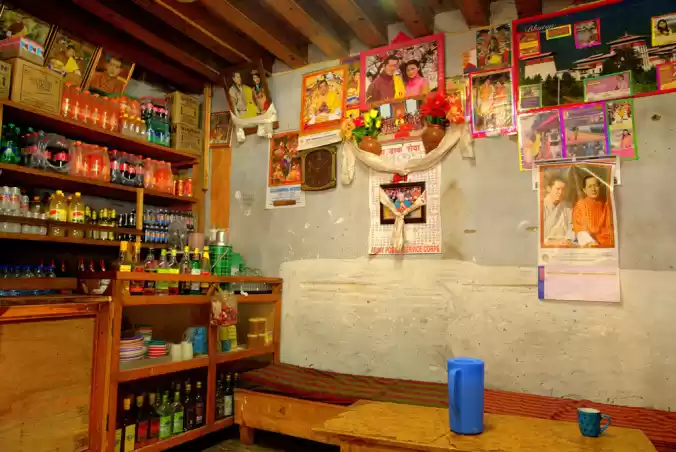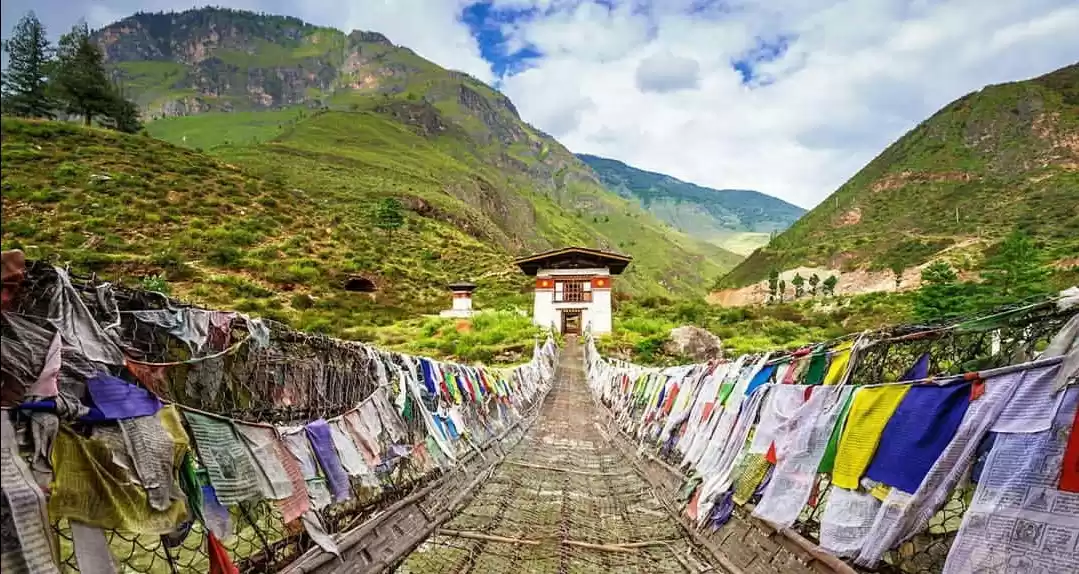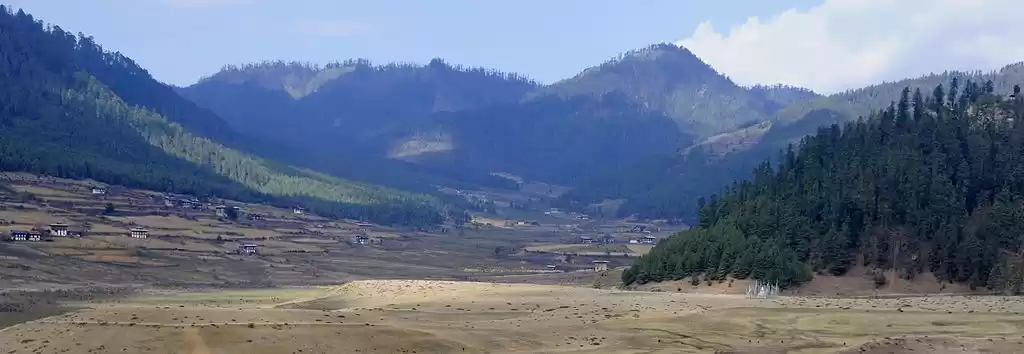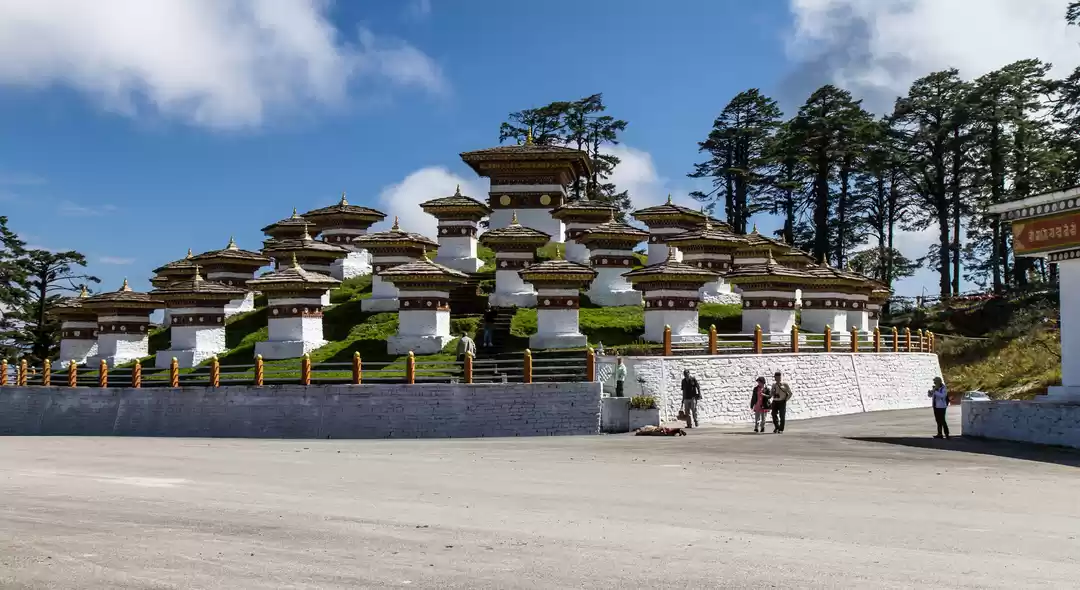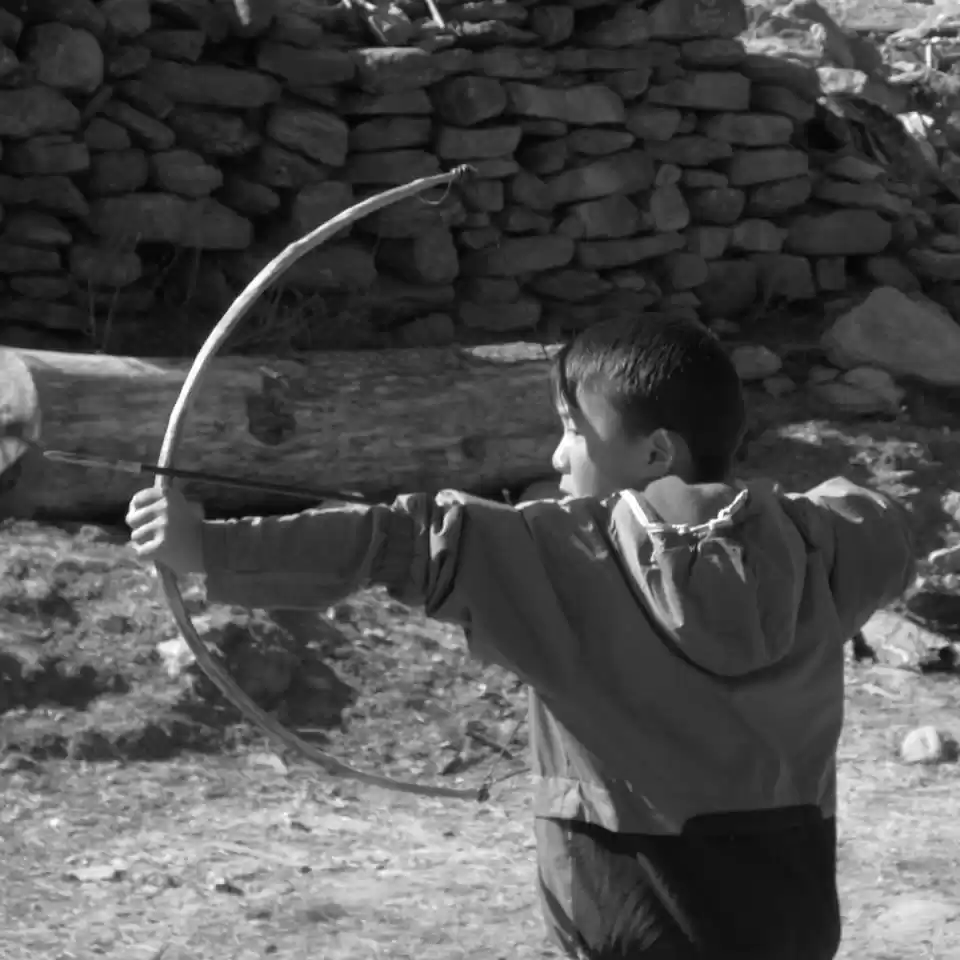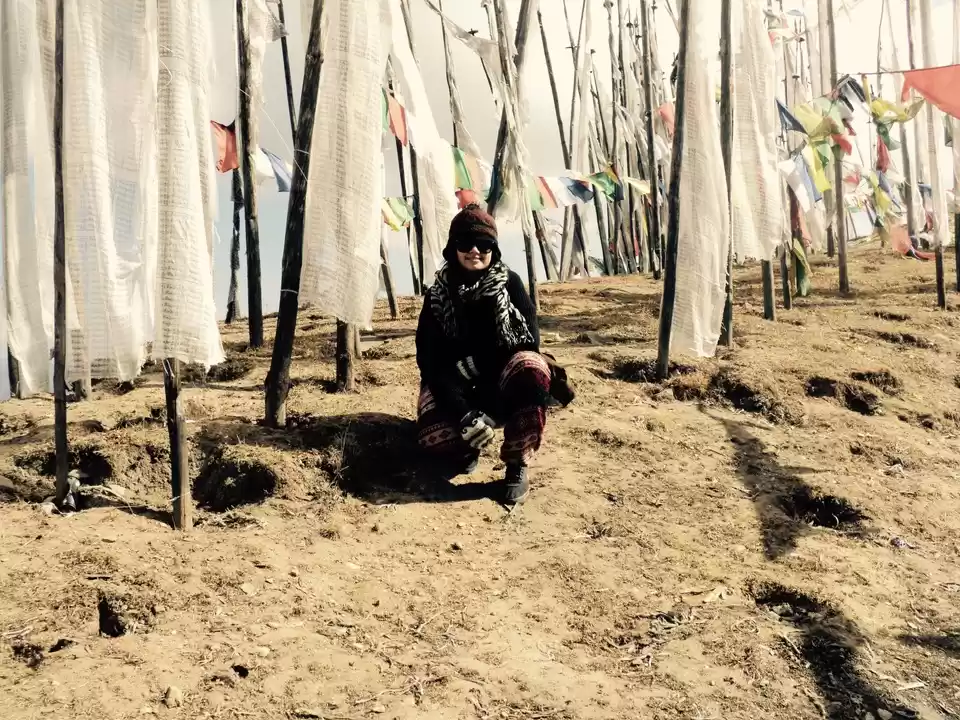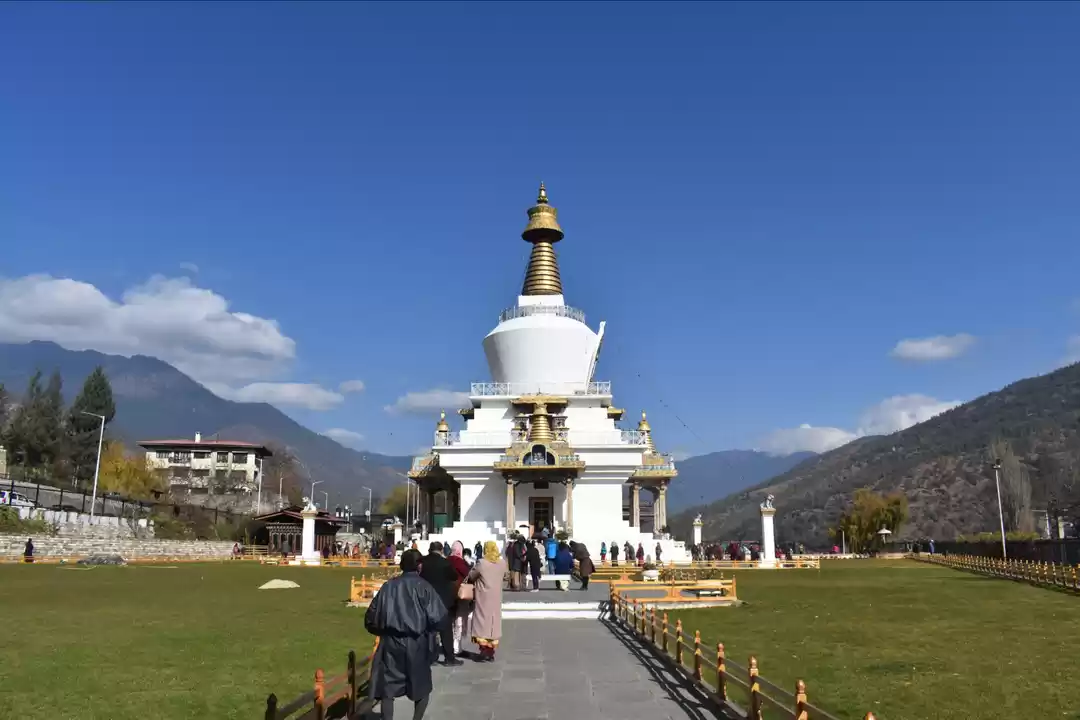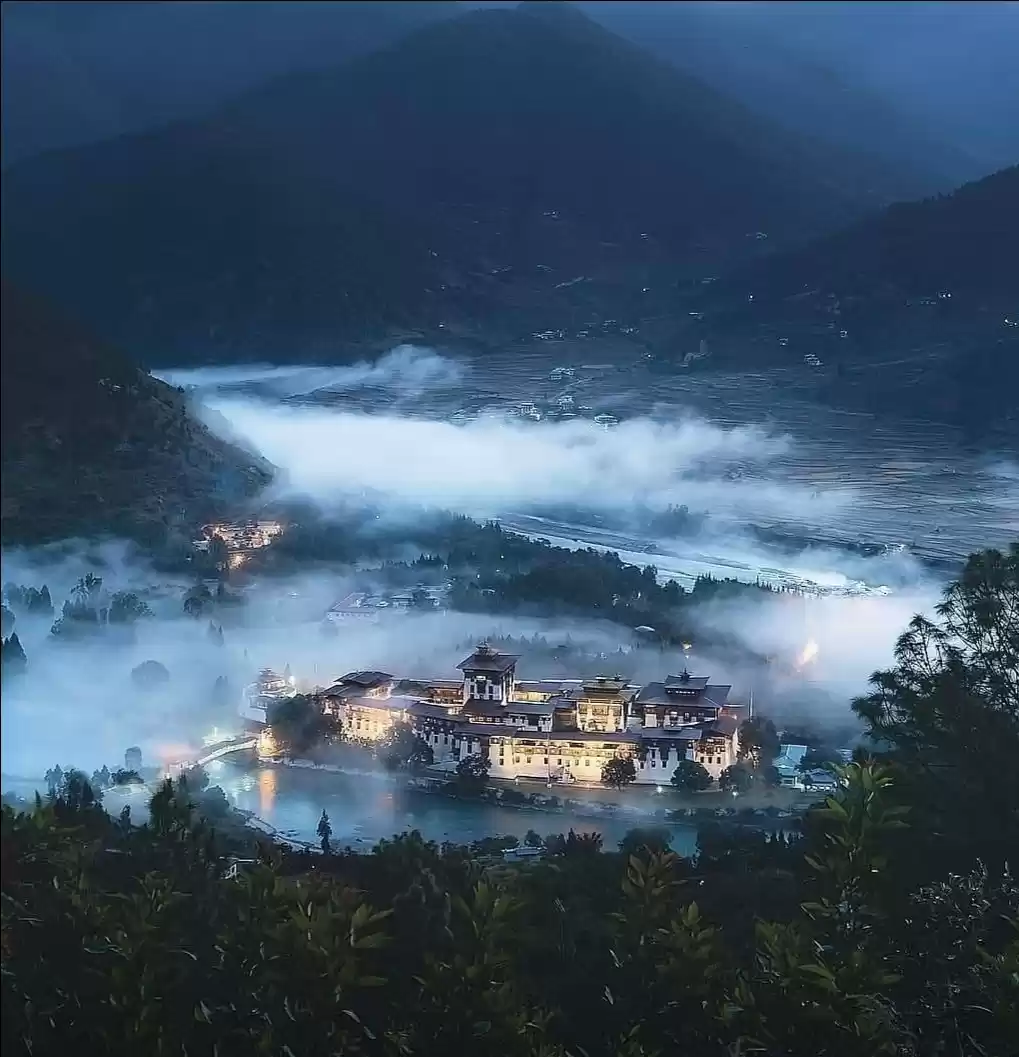India is neighbors with a kingdom of contradictions. Gross Domestic product with Gross National Happiness. Democracy and Monarchy. Bhutan has two sides- the east and west. In the west, you will notice some of the biggest tourist attractions and bright spots of luxury. While the East is begging to be explored. If given a choice on which side to explore-choose both and Bhutan will not disappoint you.
Even today, flights to the Himalayan Kingdom can take your breath away. You get a close glimpse of some of the best and the biggest mountains in the world. The flight journey is a visual delight and the hills, close enough to touch. Most tourists only happen to visit Paro, Thimpu, and Punakha. The other side of Bhutan remains untouched.
Embark on a scenic drive from Punakha to Trongsa. You will notice thick clutches of prayer poles on the way. This road passes through the settlement of Wangdue Phodrang and you will then enter Central Bhutan. The vegetation will change rapidly and you will notice lush evergreen forests take over. On the other side of the valley, you will finally see the Dzong of Trongsa, suspended in mid-air. Trongsa has a very strategic location and it connects the east and west Bhutan. The town mainly has Tibetan residents and the dzong is warren. Apart from the Dzong, there is a Heritage Museum and a Thru Epang Palace you must visit. The simple palace is a birthplace of the Late King of Bhutan.
After a two and a half hour drive from Trongsa, you reach Bumtang. Bumtang consists of four mountain valleys and is also known as Bumtang Valley. A lot of tourists are making their way to Bumtang valley. Choekhor is the main valley here. You will notice a gorgeous circuit of temples right from the western side of the valley. Jampey Lhakhang is one of Bhutan’s most venerable temples. It was built in 659 AD and it has a colorful past and a colorful present. The primary shine has a modest grandeur of its own. The one-storey complex is famous for its annual festival held in October. The four day festival features many dances, out of which two are highly sacred- The treasure dance and the Naked dance, where men dance wearing only masks, nothing esle. No, you are not allowed to take photos of the dancers and you can visit the temple anytime of the year.
Further, you will reach the temple of Guru Rinpoche (Padmasambhava). He popularized Buddhism in Bhutan. The temple is built around the cave where he prayed and it still has his body print. The temple is a must visit in Bhutan. From here, you can take a pleasant walk to the Tamshing Monastery. Bumtang is also known as the Switzerland of Bhutan-for a reason.
From Bumtang, head back to Trongsa and after a two and a half hour drive, you reach the valley of Phobjikha. There is nothing like the calm of this valley. Also known as the valley of the black-necked cranes. Hundreds of endangered avians fly to Bhutan from Tibet every winter, it has the largest population of black-necked cranes. During the day, they fly around the valley and at night, they settle in large flocks around the marshes at the bottom of the valley. This valley is a treat for those who love nature. Also known as Gangte, you can enjoy mesmerizing views from the valley. A monastery, known as Gangtey Goenpa is located on the hillock of the valley and is the main seat of the Pema Lingpa tradition. It is the largest Nyingmapa monastery in Western Bhutan. Gangtey treks are very popular among tourists.
Bhutan offers the perfect blend of tradition and luxury. Thanks to some of the biggest names in hospitality industry, there are luxury accommodation options for you to choose from.

